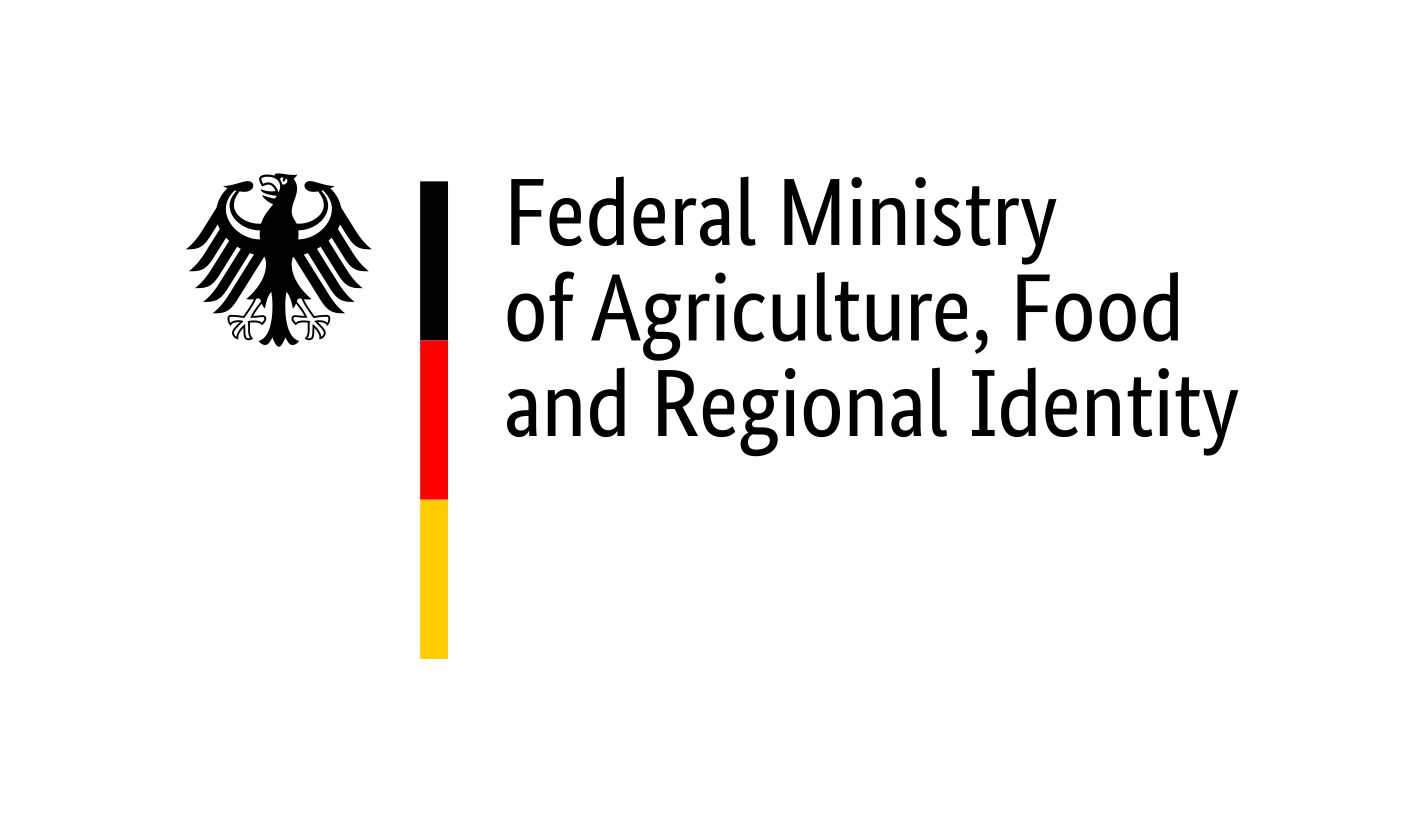

Around half of the area of Germany is used for agriculture. Therefore, agriculture plays an important role in the conservation and valorisation of biodiversity. Current statements indicate that many causes for the decline in biodiversity are rooted in agricultural unsustainable practices and production systems.
Currently, data and indicators from existing biodiversity monitoring programs allow only limited scientifically robust conclusions about underlying cause-and-effect relationships or the impact of agricultural-environmental policies to promote biodiversity.
The project "National Monitoring of Biodiversity in Agricultural Landscapes" MonViA started in March 2019 to close these data and knowledge gaps.On behalf of the Federal Ministry of Food and Agriculture a total of 12 specialist institutes of the Thuenen Institute and the Julius Kühn Institute as well as the Federal Office for Agriculture and Food are working together.
MonViA is developing a nationwide biodiversity monitoring system in agricultural landscapes that will record changes in biodiversity, enable the evaluation of agri-environmental policy measures, and provide indicators for biodiversity in the agricultural landscape. The national monitoring of biodiversity in agricultural landscapes is intended to provide scientifically sound answers to the following questions:
The MonViA Indicator Report 2024 was recently published, presenting 41 indicators for measuring biodiversity in agricultural landscapes. These indicators cover the three levels of biodiversity:
1. Habitat diversity
2. Organism diversity
3. Genetic diversity
This lays the foundation for future reporting. MonViA aims to provide long-term, scientifically based data on the status and development of biodiversity in agricultural landscapes. The results are intended to contribute to the creation of a sustainable agricultural landscape in which biodiversity is conserved, promoted, and integrated into agricultural practices.
In close collaboration with research, politics, agriculture, and society scientifically sound decision-making bases are being developed. Long-term monitoring provides reliable data for politics, agriculture and nature conservation. Relevant indicators have been developed for evaluation. The data is collected using modern technologies such as citizen science, remote sensing, and metabarcoding. Through transparent communication and citizen science projects, MonViA contributes to social participation and raises awareness of the importance of biodiversity in agricultural landscapes.